The artillery plant (Pilea microphylla) is a versatile perennial often used as groundcover or as an ornamental feature in landscapes and indoor rock gardens. Its unique name, “artillery plant,” comes from the plant’s male flowers, which release pollen explosively. This fascinating member of the Urticaceae family thrives in humid environments and prefers partial shade or indirect sunlight.
Also known as angeloweed or rockweed, the artillery plant is native to Mexico, South America, the Southeastern United States, and the Caribbean. Its compact, lush foliage makes it a popular choice for gardeners seeking a low-maintenance yet visually appealing addition to their garden or indoor spaces.
| Common name | Angeloweed, Artillery Plant, Rockweed |
| Botanical name | Pilea microphylla |
| Family | Urticaceae, Urticaceae |
| Genus | Pilea |
| Species | microphylla, microphylla |
| Origin | Mexico, South America, Southeastern U.S.A., the Caribbean, Mexico, South America, Southeastern U.S.A., the Caribbean |
| Life cycle | Perennial |
| Plant type | Herbaceous Perennial |
| Hardiness zone | 10, 11 |
| Sunlight | Partial Shade |
| Maintenance | Low |
| Soil condition | Loam |
| Soil ph | Acid |
| Drainage | Well-Drained |
| Growth rate | Medium |
| Height | 6 in. – 1 ft. |
| Leaf color | Green |
| Garden style | Rock Garden |
| Uses | Container |
I. Appearance and Characteristics
Pilea microphylla also known as angeloweed, artillery plant, joypowder plant or (in Latin America) brilhantina is an annual plant native to Florida, Mexico, the West Indies, and tropical Central and Southern America. In the southern part of México, specifically Campeche and Mérida, the local name is Frescura. The plant belongs to the family Urticaceae.
It is a perennial and is also an evergreen. The leaves are green and wrinkled, with serrated edges. This plant can grow up to 12 inches in height (30 cm), though it usually grows much smaller than that. The blooms are tiny and usually white, but they can also be pink or purple.
It is grown as a ground cover in many areas.
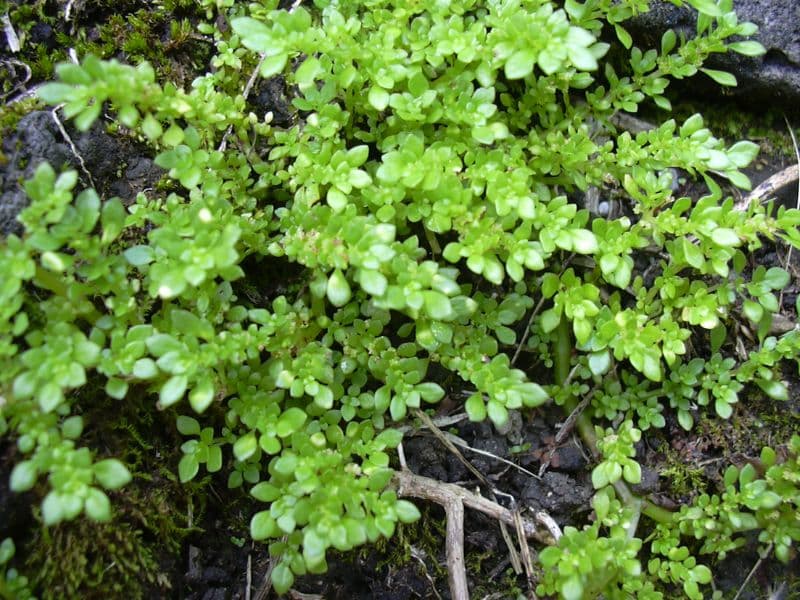
Pilea microphylla has been introduced to various tropical and subtropical regions around the world. It is considered an invasive species in Australia, China, Diego Garcia, the Galapagos Islands, the Federated States of Micronesia, Fiji, French Polynesia, Guam, Hawaii, India, Indonesia, Japan, Kiribati, Marshall islands, Nauru, New Caledonia, Niue, Palau, Papua New Guinea, the Philippines, Pitcairn Islands, Singapore, the Solomon Islands, Tonga, and Wallis and Futuna.
II. How to Grow and Care
Sunlight
Pilea microphylla does best with part sun conditions. It should receive plenty of bright, indirect light but too much sun will have a detrimental effect on the plant.
Temperature and Humidity
Pilea microphylla is hardy in USDA zones 11 and 12. This plant requires warm, humid conditions to thrive and will do best in climates that hover between 65 and 85 degrees.
For that reason, it’s sometimes used as a groundcover plant in southern regions of the United States.
Watering
The artillery plant has moderate watering needs. It will need to be watered regularly, especially during periods of hot, dry weather. But you shouldn’t oversaturate the soil.
To avoid doing so, ensure that the top two inches of soil is dry to the touch before watering again.
Soil
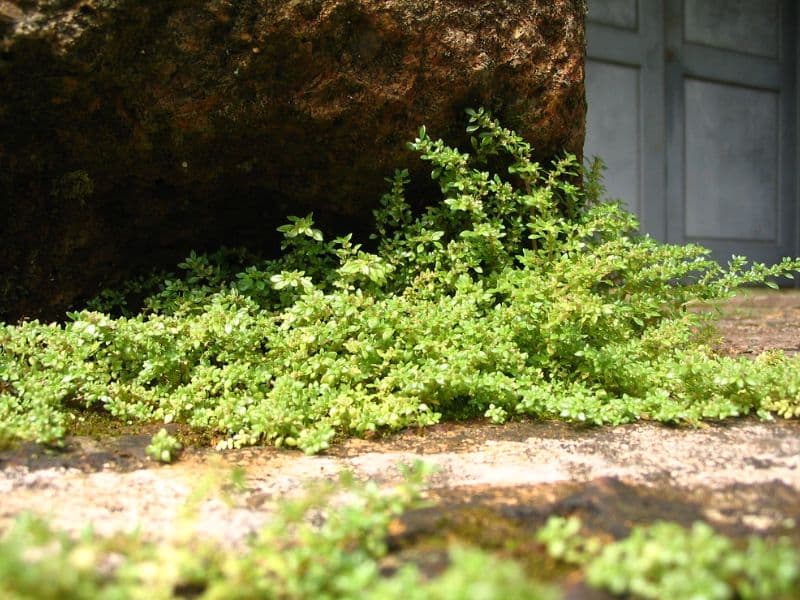
Plant pilea microphylla in soil that is loose and well-draining. It prefers nutrient-rich soil to support its fast-growth habit.
Fertilizing
This plant has a moderate-to-fast growth habit that doesn’t frequently need much encouragement to flourish.
Since it prefers nutrient-rich soil, you may need to fertilize with an organic compost or add a light application of well-balanced liquid or soluble fertilizer every 2 to 4 weeks during the growing season.
Propagation
It’s best to propagate during the spring or summer months when the plant is actively growing and will recover more quickly. Here’s how to propagate pilea microphylla using stem cuttings or division:
To propagate by stem cuttings:
- Gather the following supplies: Clean, sharp garden snips, a small pot, and peat moss (or a glass jar if you plan to start the cutting in water).
- Use the garden snips to cut away a stem about four inches long. Be sure that the cutting has several pairs of leaves.
- Trim away the bottom leaves. Place the cutting in water or moist peat moss, with the top leaves above the water or moss.
- Keep the cutting in a bright area and keep it moist.
- Once roots have formed, the cutting is ready to be transplanted into the garden or a new pot.
To propagate by root division:
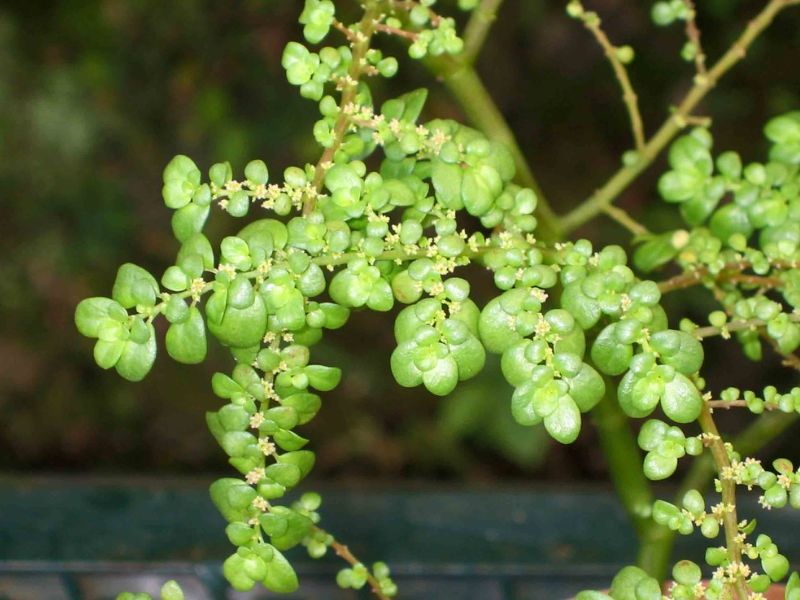
- Using a sharp garden trowel, cut through the roots at the point you would like to divide the plant. Be sure each division has healthy foliage and its own root system.
- Dig around the division and lift the plant from the ground.
- Transplant the division into another suitable area.
Common Problems
Grown in the right conditions, pilea microphylla is generally easy to care for and fast-growing. Problems with overwatering are the most common source of issues for this type of plant, so here’s what to be on the lookout for.
- Leaves Turning Yellow
Sometimes the leaves of a pilea plant begin to yellow. Either too much water or too much sunlight is usually to blame. Assess your watering routine and the soil’s moisture retention.
Extend the time in between watering the plant and make sure you’re only watering the plant when the soil is dry to the touch. If soil moisture doesn’t seem to be a problem, then your plant may need more light.
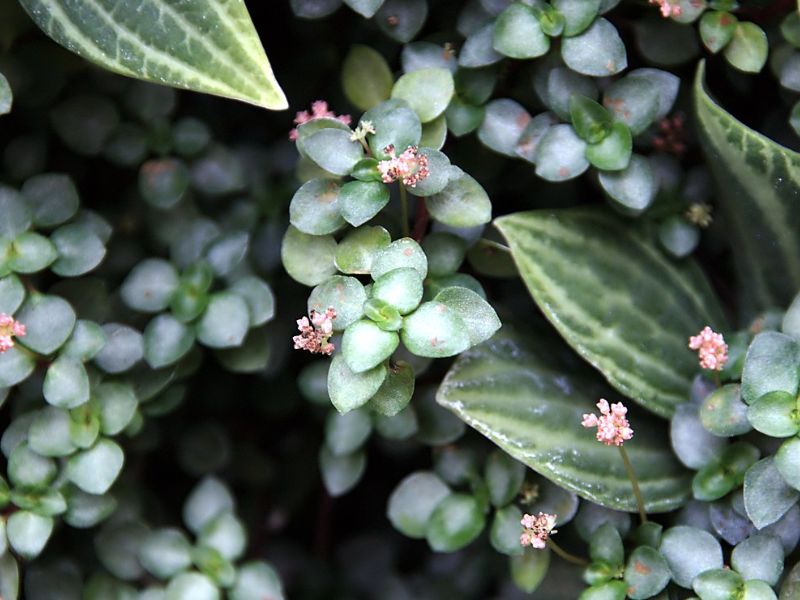
Transplant to a sunnier area of the garden or move a potted plant to a location that receives bright, indirect light.
- Browning Tips
If you notice that the tips of your pilea microphylla plant are beginning to brown, it’s a sign that the plant is experiencing problems under the soil.
Root rot as a result of overwatering is most likely to blame. To attempt to save the plant, you’ll need to dig it up, remove any mushy, foul-smelling roots, improve the soil drainage, and replant in fresh soil.
III. Uses and Benefits
- Ornamental uses
A low-slung, warm-climate evergreen, the artillery plant is chosen by gardeners for its interesting fernlike rows of tiny leaves, its tolerance for shady areas, and its dense growth, which crowds out weeds. It is most commonly used as a groundcover, but is also featured in rock gardens and planted to drape over the edges of stone walls.
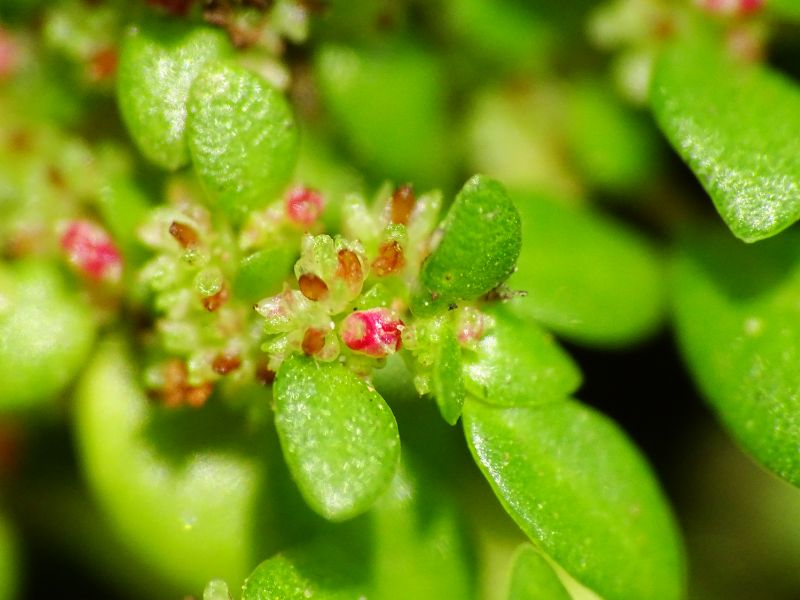
- Medicinal uses
Pilea microphylla has long been used as a remedy for various ailments, including infections, gastrointestinal issues, and insomnia. Since it is non-toxic, this plant is typically used in teas and tinctures but can also be used in capsules or powders.
Find Where to Buy the Best Artillery Plant (Pilea microphylla)







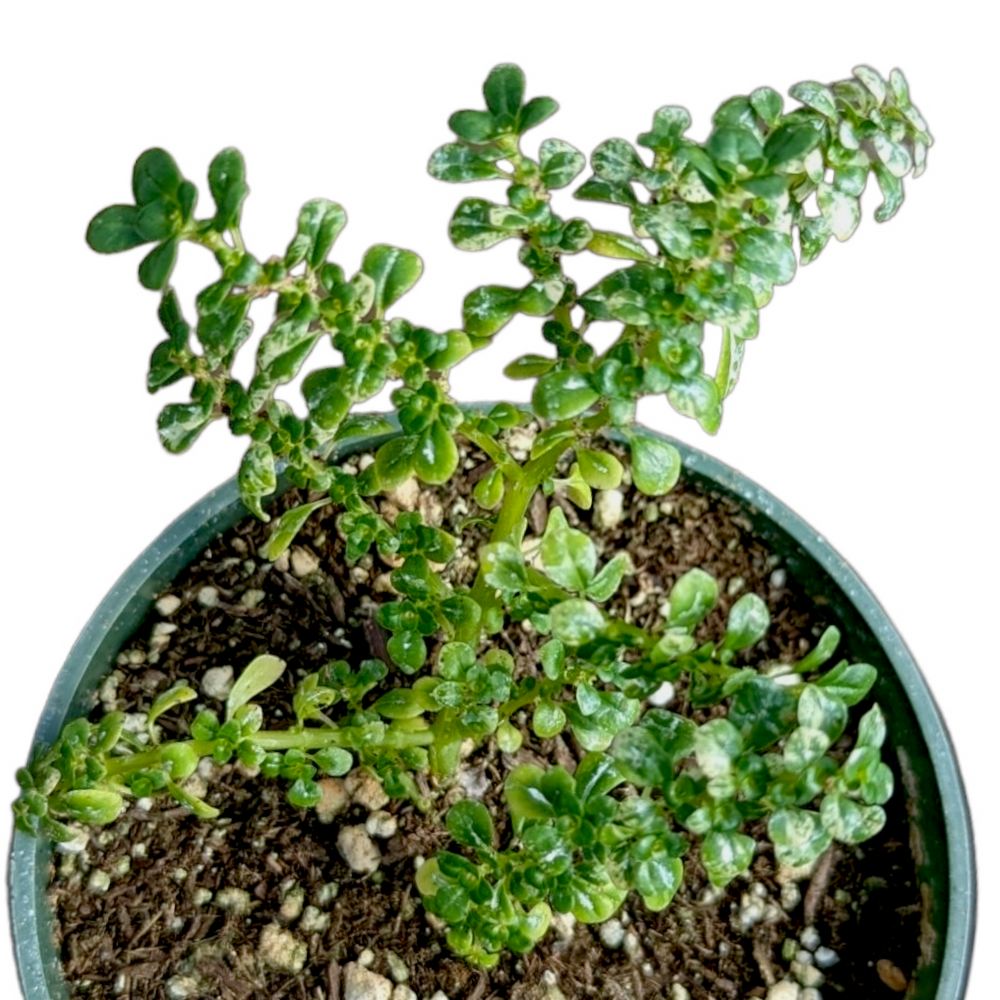


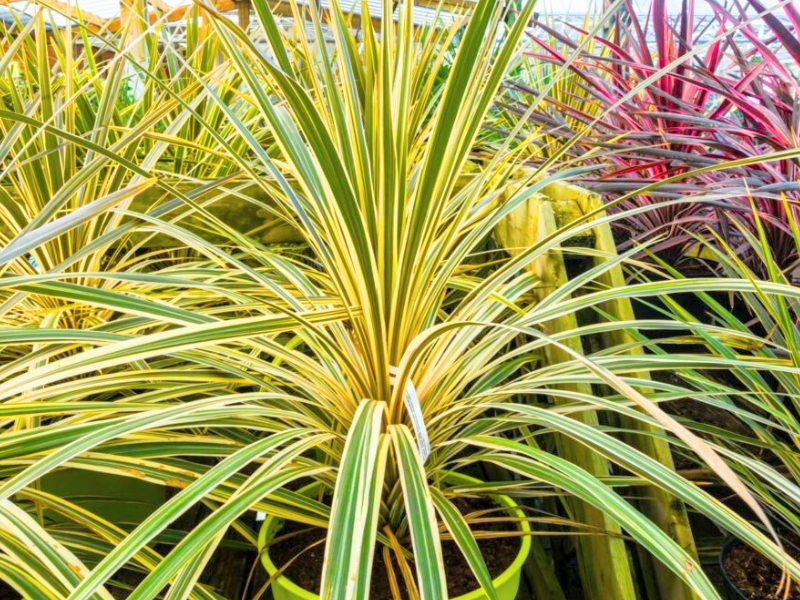
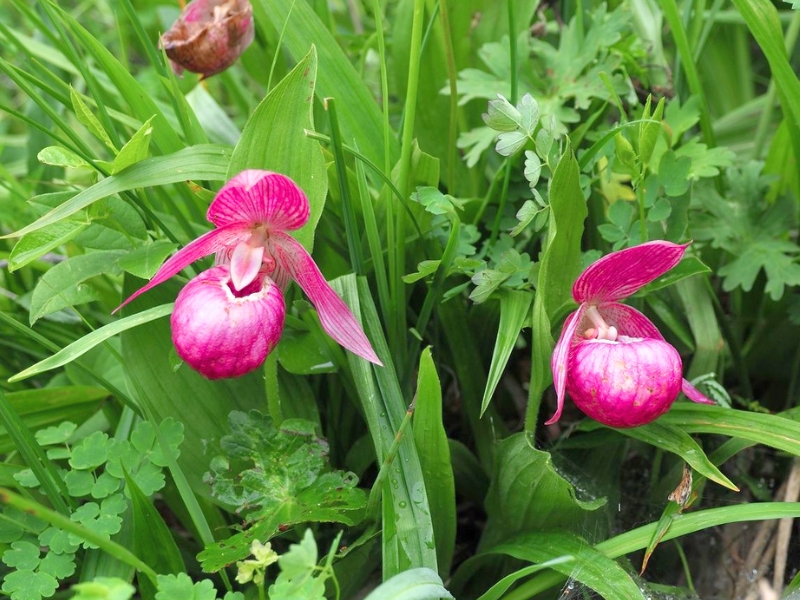
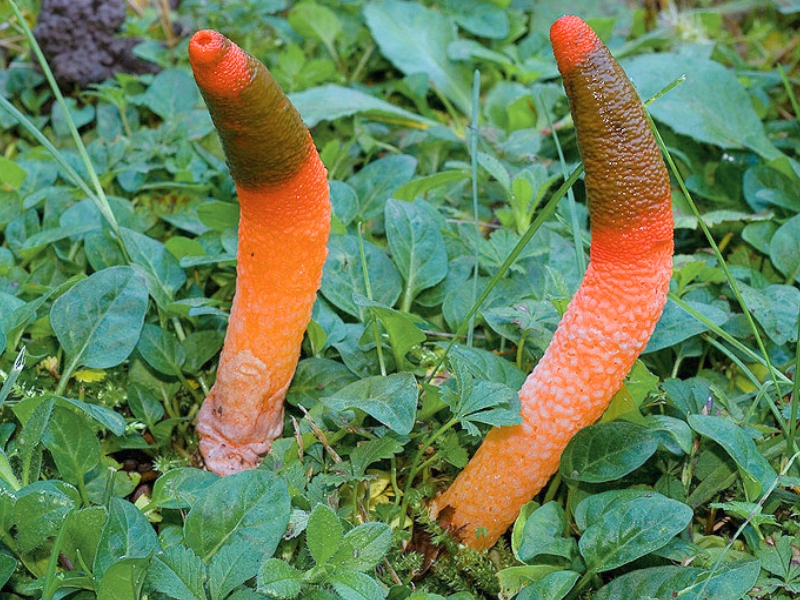
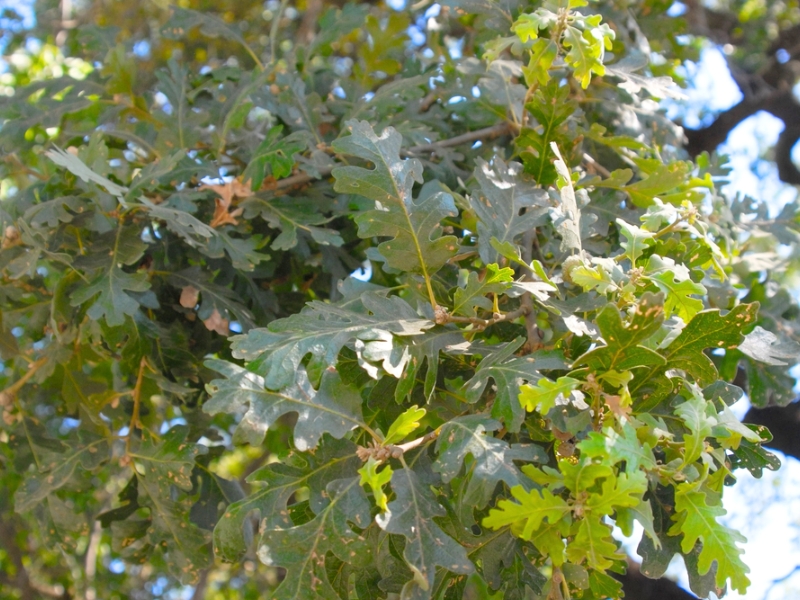
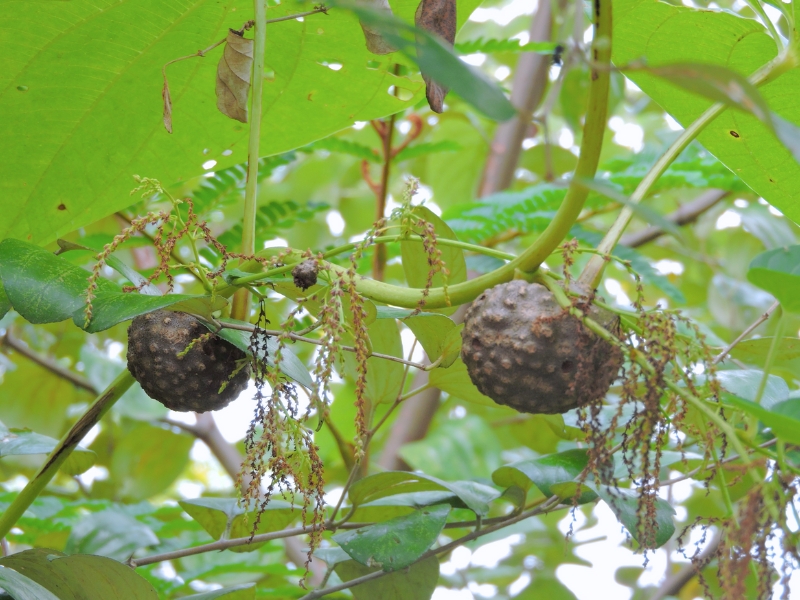
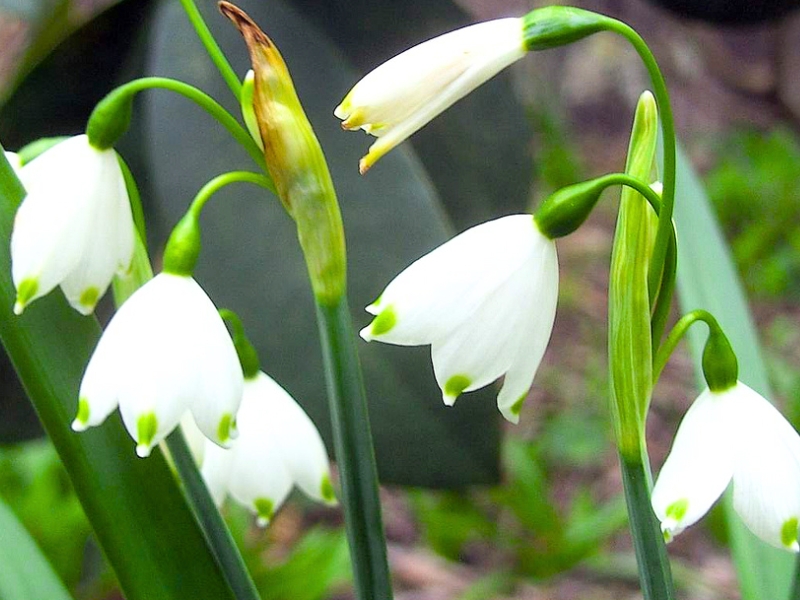
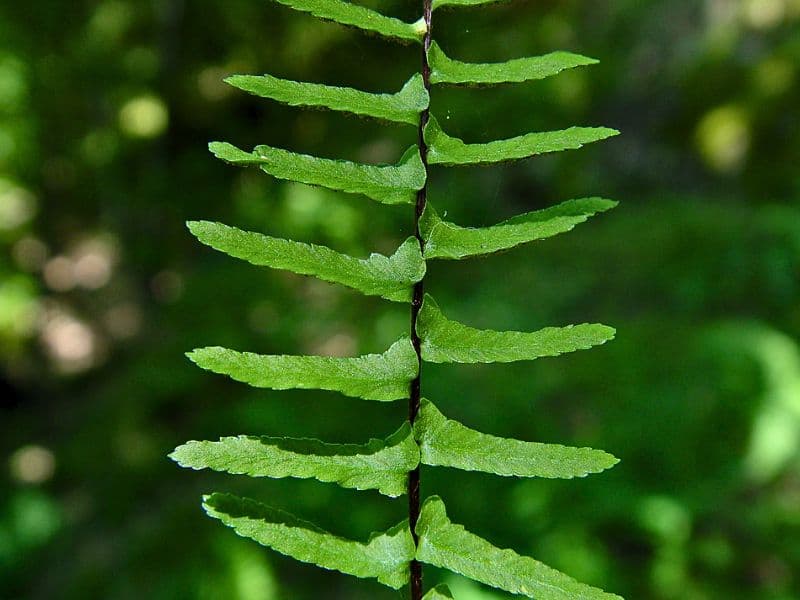
Leave a Reply